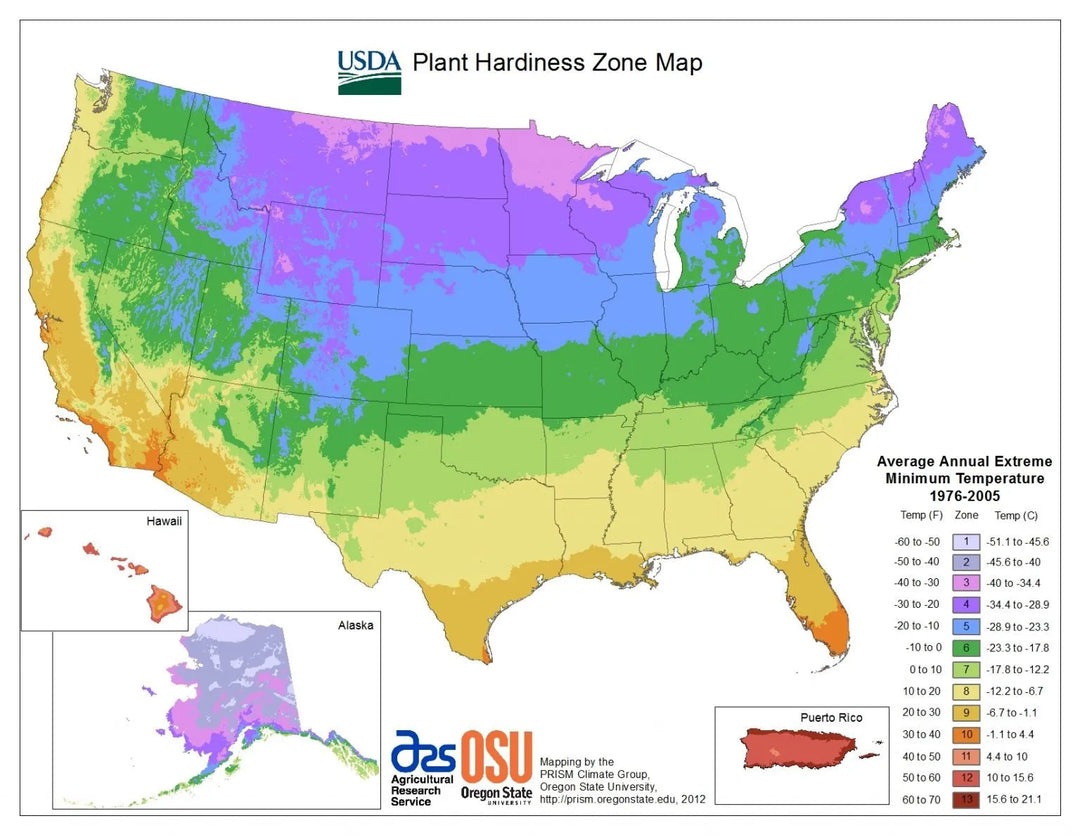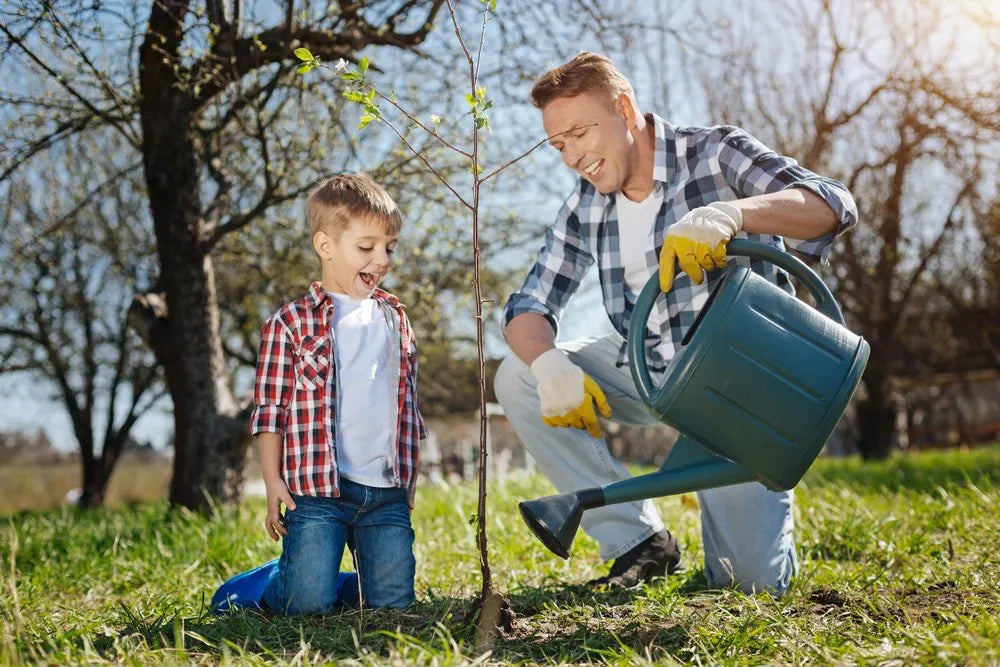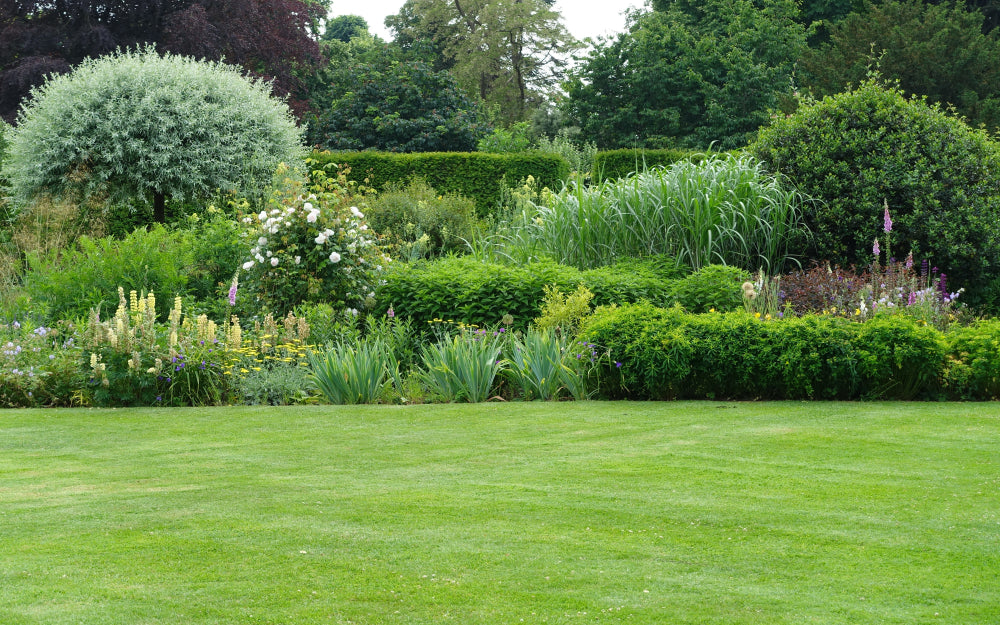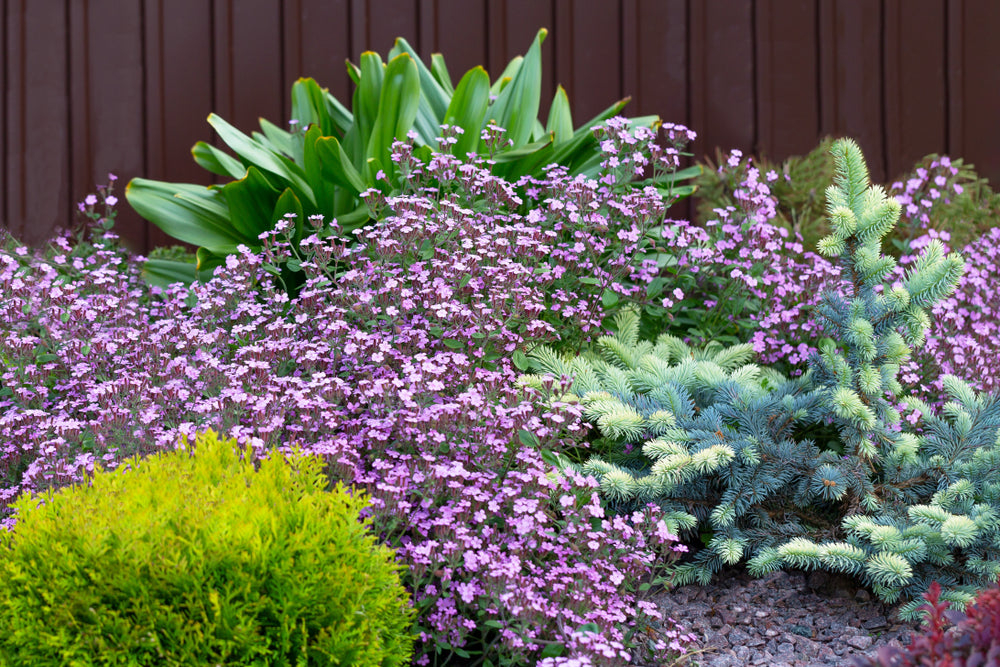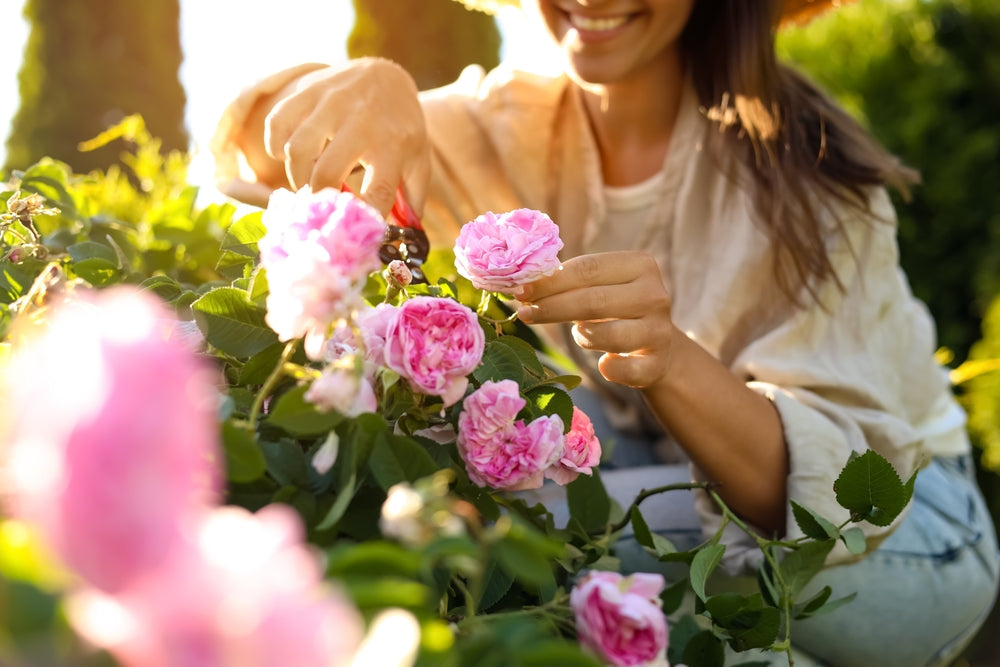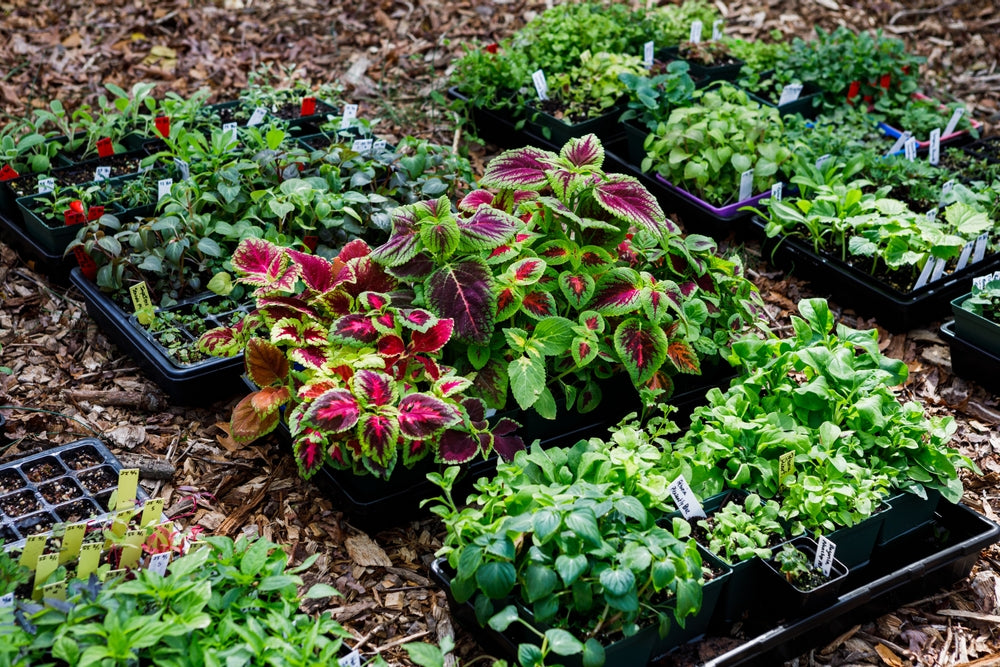How to Care for Your Rose Bushes
Rose bushes are a stunning addition to any garden. However, caring for them requires attention to planting, watering, fertilizing, and pruning to ensure vibrant blooms and healthy growth. Here’s a comprehensive guide from Hahira Nursery to help you keep your rose bushes thriving year-round.
How to Plant Rose Bushes
- Choosing the Right Spot – Roses thrive in places that get at least six hours of sunlight. Morning sunlight is preferable as it helps dry the foliage quickly, reducing the risk of disease. Avoid spots with intense afternoon sun as it can be hotter than the roses can tolerate.
- Soil Preparation – Roses prefer loamy, well-drained soil with a pH of 6.5 to 6.8. Amend your soil with organic matter such as compost or peat moss to improve its structure and fertility. If you aren’t sure how to amend your soil, Hahira Nursery can help. Make sure you dig a hole deep enough to accommodate the roots and wide enough to allow them to spread.
- Extra Planting Tips – Plant the roses in spring when the ground is thawed, and temperatures are moderate. Form a small cone at the bottom of the hole and spread the roots over it. Backfill with soil, ensuring that the graft union (the swollen area where the rose was grafted onto the rootstock) is slightly above the soil level.
The Best Way to Water
Roses require consistent moisture but don’t like to be waterlogged. Water them deeply twice a week, making sure the soil remains moist but not soggy. Water at the base of the plant rather than overhead to prevent fungal diseases like powdery mildew and black spot.
The Importance of Fertilizing Rose Bushes
Feed your roses regularly to encourage vigorous growth and abundant blooms. Use a balanced rose fertilizer, such as a 10-10-10 formula, starting in early spring when new growth appears. Continue feeding them every four to six weeks until late summer. Avoid fertilizing in late fall as this can stimulate new growth that may be damaged by frost. Hahira Nursery can help you select the right fertilizer for your rose variety.
Mulching Provides Extra Benefits
Mulch helps retain soil moisture, suppress weeds, and regulate soil temperature. Organic mulches such as compost, shredded bark, or straw are excellent choices. Apply a two to three inch layer of mulch around the base of your rose bushes for the best results.
Pruning Rose Bushes
- Why You Should Prune – Pruning roses helps remove dead or diseased wood, encourages new growth, and shapes the plant. It also improves air circulation, reducing the risk of disease.
- When to Prune – The best time to prune roses is in early spring when the buds are starting to swell but before they break dormancy. In warmer climates, this can be as early as January. In colder areas, wait until late spring.
- How to Prune – Use sharp, clean bypass pruners to make clean cuts. Remove any dead, damaged, or diseased canes first. Cut back remaining canes to an outward-facing bud, making the cut about 1/4 inch above the bud. Aim to create an open, vase-like shape to improve air circulation.
Disease and Pest Management
- Common Diseases – Roses are prone to fungal diseases such as powdery mildew, black spot, and rust. To prevent these diseases, ensure good air circulation around the plants, avoid overhead watering, and remove any affected foliage promptly. Fungicidal sprays can also be used as a preventative measure.
- Pest Control – Aphids, spider mites, and Japanese beetles are common rose pests. Use insecticidal soap or neem oil to control these pests. Introducing beneficial insects such as ladybugs and lacewings can also help keep pest populations in check.
Winter Protection for Delicate Roses
Protect your roses from winter damage by mulching heavily around the base of the plants and covering them with burlap or rose cones. For more tender varieties, consider using the “Minnesota Tip” method, which involves burying the canes under soil and mulch for the winter. If you aren’t sure what the best method of protection is for your roses, the team at Hahira Nursery can make recommendations.
Tips for Continuous Blooms
Deadheading, or removing spent blooms, encourages repeat flowering in many rose varieties. Cut the flower stem back to the first set of healthy leaves to promote new growth. Regular feeding and watering also help keep your roses blooming throughout the season.
Propagating Roses to Replant or Share
Roses can be propagated from cuttings, which is a rewarding way to create new plants from your favorite varieties. Take cuttings from healthy, non-flowering stems in late spring or early summer. Remove the lower leaves, dip the cut end in rooting hormone, and plant in a pot filled with a mix of perlite and peat moss. Keep the cutting moist and in indirect light until roots develop.
Start Your Rose Care Journey with Hahira Nursery
With proper care and attention, rose bushes can be a gorgeous addition to any garden, providing beauty and fragrance throughout the growing season. By following these guidelines, you’ll be well on your way to growing healthy, vibrant roses that will reward you with their spectacular blooms year after year. For help choosing the best roses for your property or for more help making them bloom better, contact Hahira Nursery in Hahira, GA. Our expert team will be glad to help you with any plant care needs you may have.


